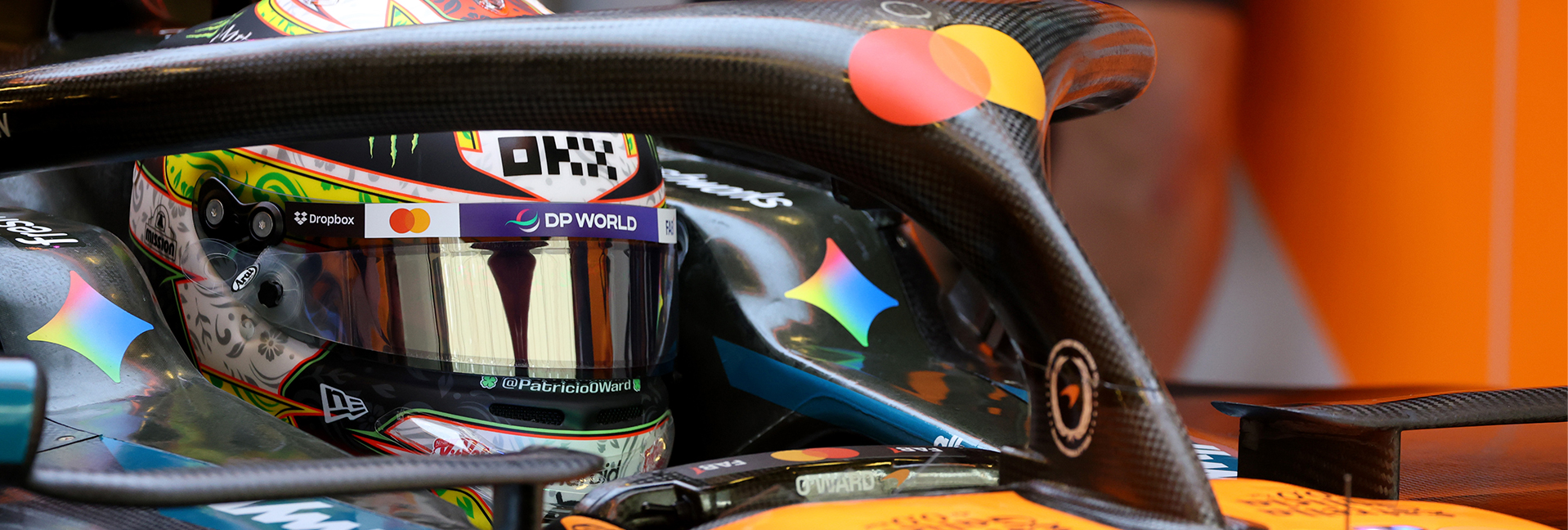- The Abu Dhabi Grand Prix Briefing – powered by Google Cloud McLaren
- The ultimate fan guide to the 2025 Abu Dhabi Grand Prix Formula 1
- Abu Dhabi GP: How Emiratis and expats come together to help F1 fans Khaleej Times
- Fit inspo for Abu Dhabi Grand…
The Abu Dhabi Grand Prix Briefing – powered by Google Cloud – McLaren
